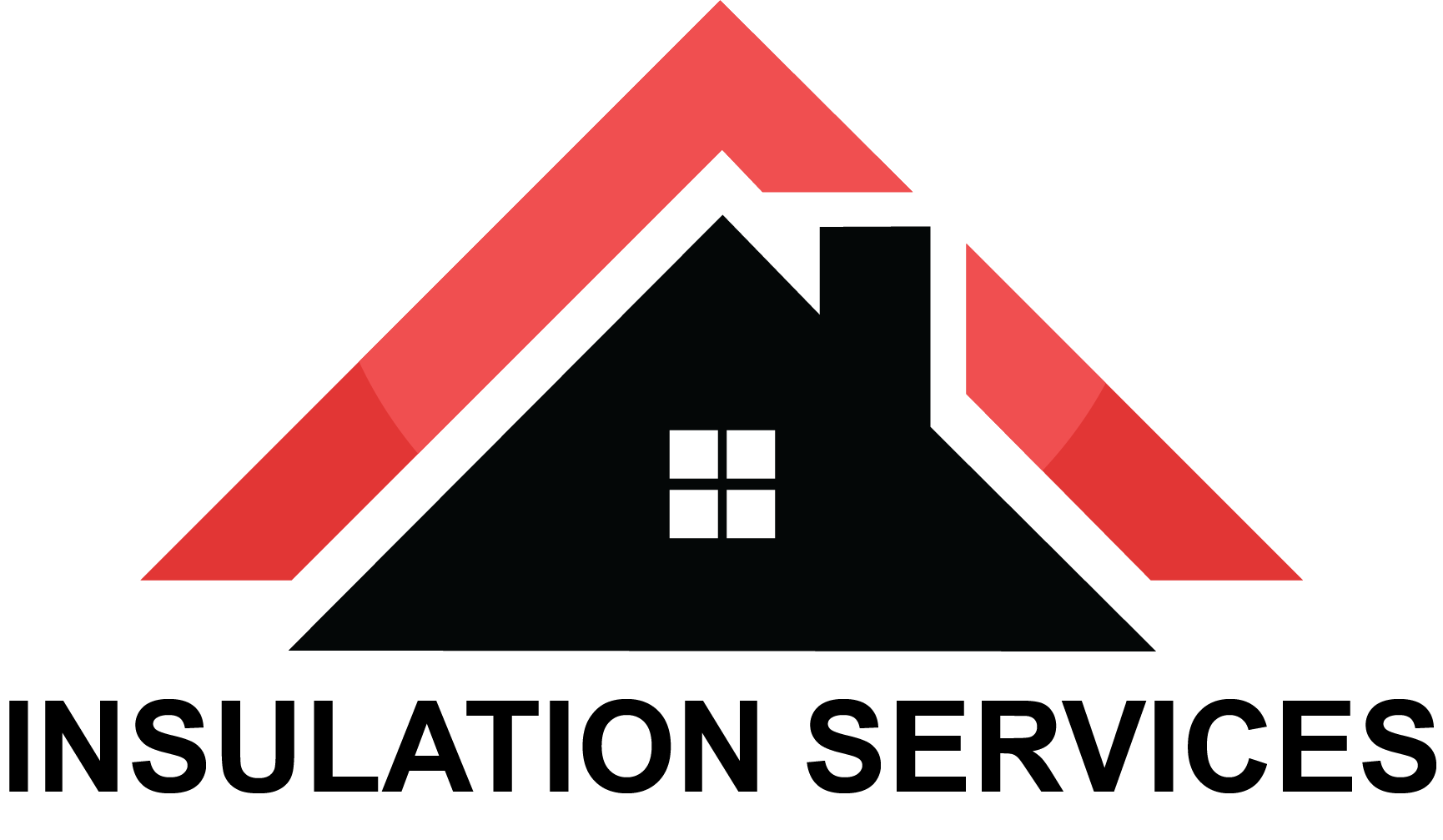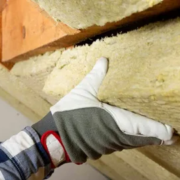Which Loose-Fill Insulation is Best? Choose by Climate, Budget, and Building Type
When it comes to insulating your home, loose-fill insulation is a smart and flexible option. Whether you’re upgrading an attic, filling wall cavities, or working on a retrofit project, loose-fill materials like cellulose, fiberglass, and mineral wool can be blown into tight spaces and provide strong thermal protection. But with multiple options available, how do you know which one is the best fit for your climate, budget, or building type?
Let’s break it down so you can make the right choice for your home.
🔹 1. Best Loose-Fill Insulation for Cold Climates
If you live in a region with harsh winters and below-freezing temperatures, you need insulation that can deliver a high R-value to keep heat inside.
✅ Top Choice: Cellulose Insulation
-
Why? Cellulose offers a higher R-value per inch (R-3.2 to R-3.8) than fiberglass. It fits snugly into tight areas and reduces air leaks better than other loose-fill types.
-
Bonus: It’s made from recycled paper, making it eco-friendly.
Pro Tip: Make sure it’s properly installed and protected from moisture, as cellulose can absorb water if not sealed well.
🔹 2. Best Loose-Fill Insulation for Hot and Humid Climates
Homes in hot or humid areas need insulation that resists moisture buildup and won’t degrade over time.
✅ Top Choice: Fiberglass Loose-Fill
-
Why? Fiberglass doesn’t absorb moisture and resists mold growth. It’s a good option for attics in hot climates and holds its R-value well even in damp conditions.
-
R-value: Around R-2.2 to R-2.9 per inch.
Installation Tip: Ensure your attic has proper ventilation to avoid trapping heat and moisture.
🔹 3. Best Loose-Fill Insulation for Fire-Prone or Industrial Areas
For areas where fire resistance is a concern—such as wildfire zones or buildings near industrial zones—you want insulation that won’t easily catch fire.
✅ Top Choice: Mineral Wool (Rock Wool)
-
Why? It’s naturally non-combustible and can handle very high temperatures. Plus, it’s resistant to water and pests.
-
R-value: Around R-3.0 to R-3.3 per inch.
Ideal For: Garages, warehouses, and homes near forests or wildfire zones.
🔹 4. Best Loose-Fill Insulation on a Tight Budget
If you want to insulate your home without breaking the bank, you’ll want the most cost-effective solution.
✅ Top Choice: Cellulose
-
Why? It’s typically the most affordable loose-fill option and provides great thermal performance for the price.
-
Bonus: It’s also the most eco-friendly material on the list.
🔹 5. Best Loose-Fill Insulation for New vs. Old Buildings
🏠 New Constructions
-
Recommendation: Fiberglass or Mineral Wool
-
Why? These options work well with modern ventilation systems and meet updated building codes more easily.
🏚️ Older Homes / Retrofit Projects
-
Recommendation: Cellulose
-
Why? It settles around obstacles like wiring and plumbing, making it perfect for filling irregular wall cavities without removing drywall.
🔸 Final Verdict: Which Loose-Fill Insulation Should You Choose?
| Situation | Best Option | Key Advantage |
|---|---|---|
| Cold Climate | Cellulose | High R-value, air sealing |
| Hot & Humid Climate | Fiberglass | Moisture resistance |
| Fire-Prone Area | Mineral Wool | Fire resistance |
| Budget-Friendly Project | Cellulose | Affordable & effective |
| Retrofit / Older Homes | Cellulose | Fills gaps easily |
| New Constructions | Fiberglass / Wool | Code-compliant and durable |
✅ Conclusion
Choosing the right loose-fill insulation isn’t just about picking the one with the highest R-value—it’s about what works best for your climate, your home, and your wallet. Whether you’re insulating a brand-new home or updating an attic in a century-old house, there’s a solution that fits your specific needs.
Need professional guidance on which insulation is best for your project? [Contact us today] for a free consultation and expert recommendation tailored to your home.





Leave a Reply
Want to join the discussion?Feel free to contribute!